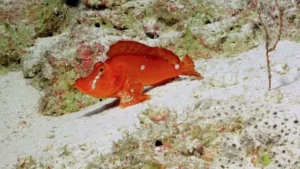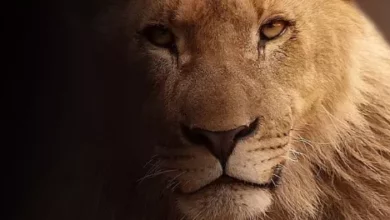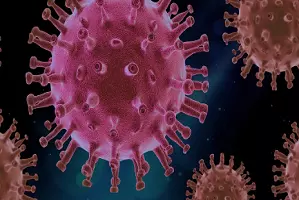The bottom of the Great Barrier Reef of Australia
In early September, biologists from the Schmidt Ocean Institute together with Geoscience Australia, James Cook University, University of Sydney, Japan Agency for Marine-Earth Science and Technology (JAMSTEC), Queensland Museum Network, and Queensland University of Technology, conducted a expedition to the great depths of the Great Barrier Reef, 1820 meters deep in Carns Seamount.
The expedition was carried out using the ROV (Remotely Operated Vehicle) called SuBastian and has allowed to identify 5 new species of black corals and sponges . Not only that, but it has allowed us to see a rare fish (the photograph below), and study what the seabed is like, which will be very useful for its conservation and better understanding.
There they were able to obtain the wonderful photographs below:
Detail of black coral photographed at a depth of 1200 meters.
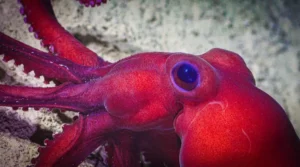
This fish is called Rhinopias agroliba . A very rare species that appears to walk on the bottom using its pectoral fins. Hunting preparing ambushes.
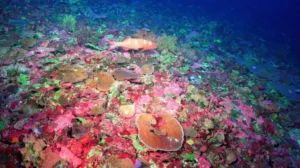
Nice octopus observed at a depth of 1200 meters.
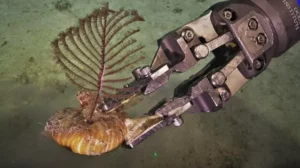
As the SuBastian ROV climbs up the slopes of seamounts and canyons , the team has been exploring this expedition, changes in light, temperature , pressure, and other environmental factors are notable. From the cold, soft dark sediments of the plateau floor to the exposed rock scarps, the mesophotic black coral fields, and finally the well-lit kingdoms of the upper slopes and the ridge of the reef, these changes lead to an entire gradient. of suitable habitats in different ways. for many different species.
In this image, a black coral grows in the shell of a Nautilus at a depth of 550 meters. It belongs to a family called Schizopathidae; however, experts suspect that the genus could belong to a completely different family. With this complete specimen, researchers will finally be able to extract and sequence its DNA, comparing it to species from both families to see which family it is most closely related to.
